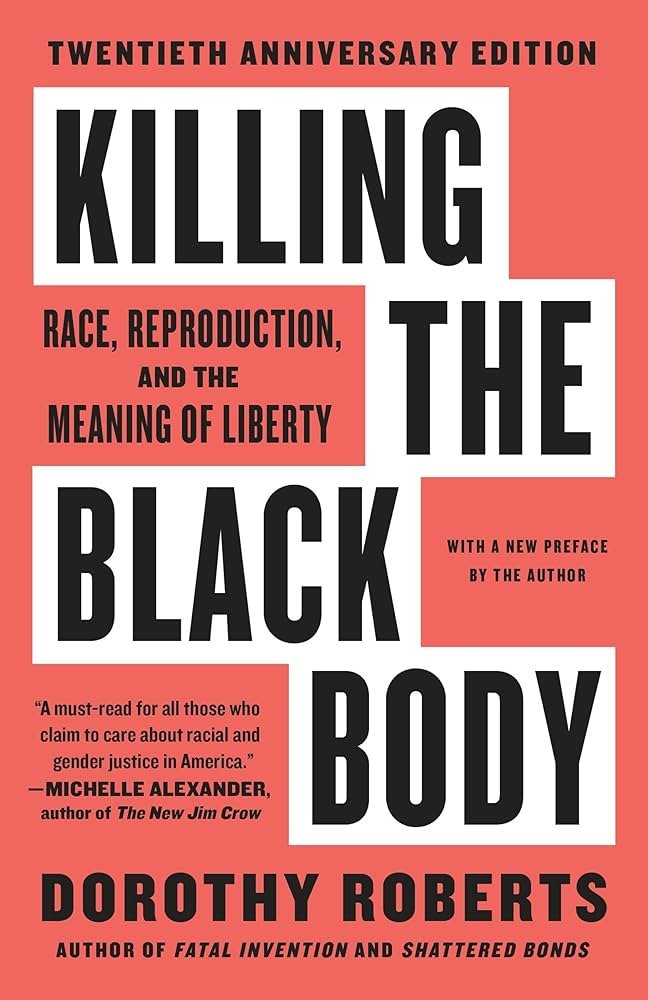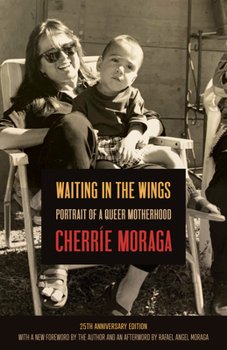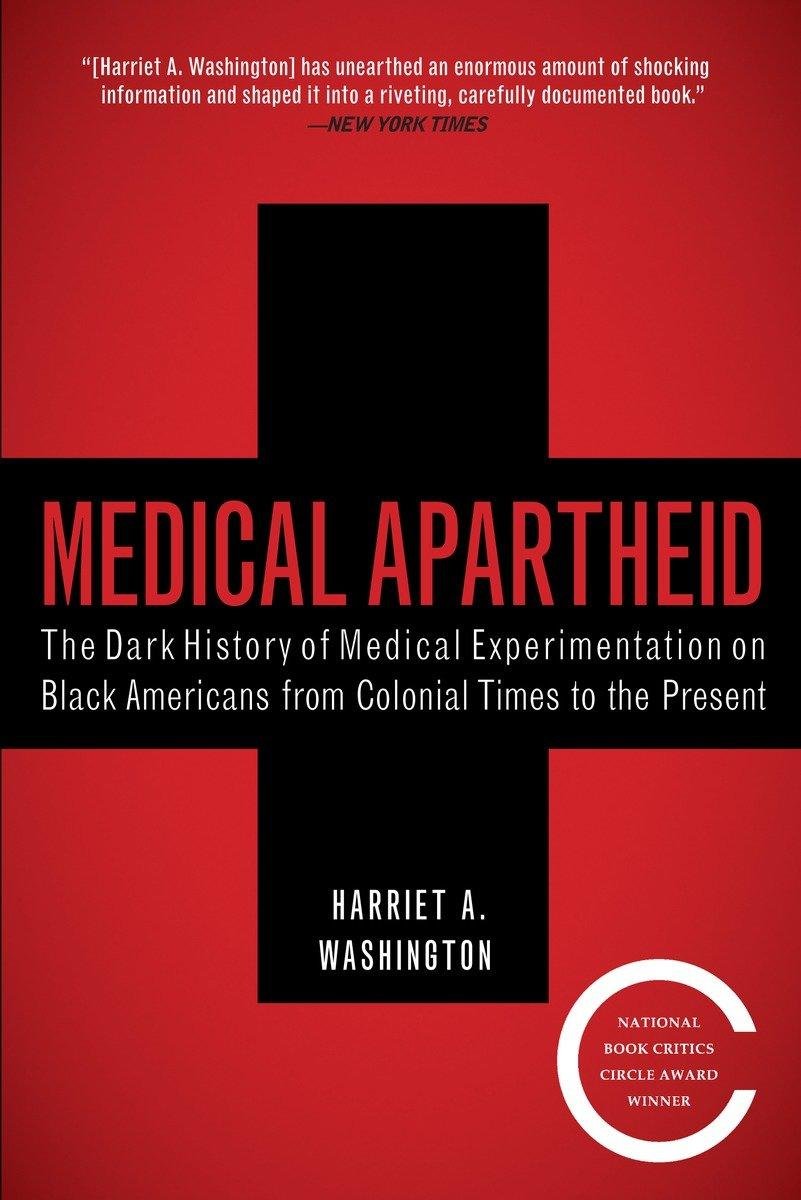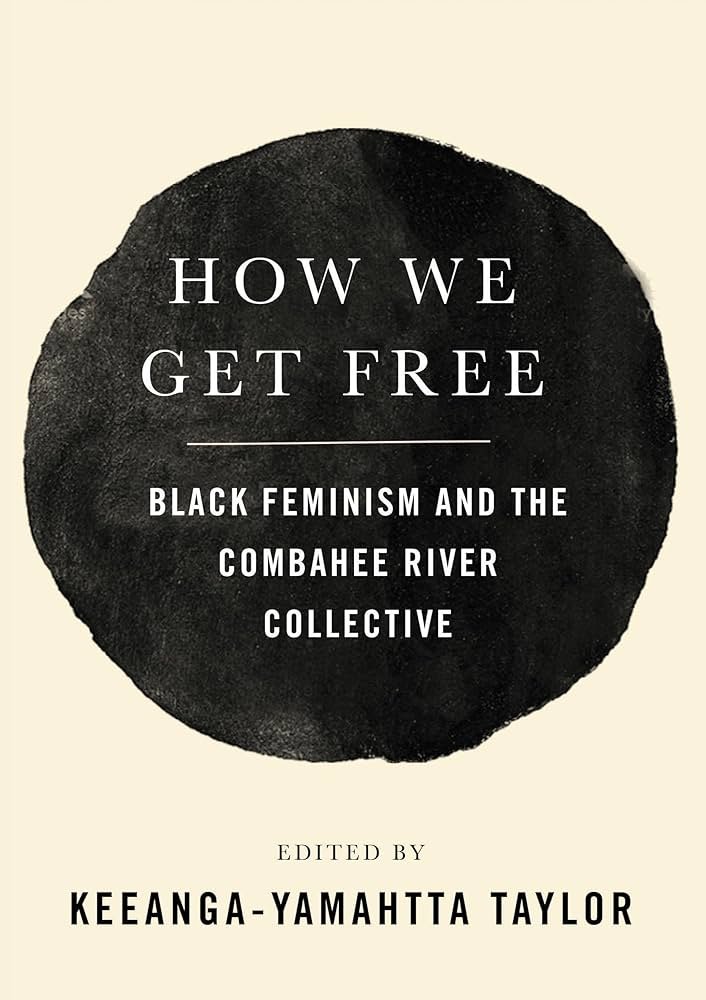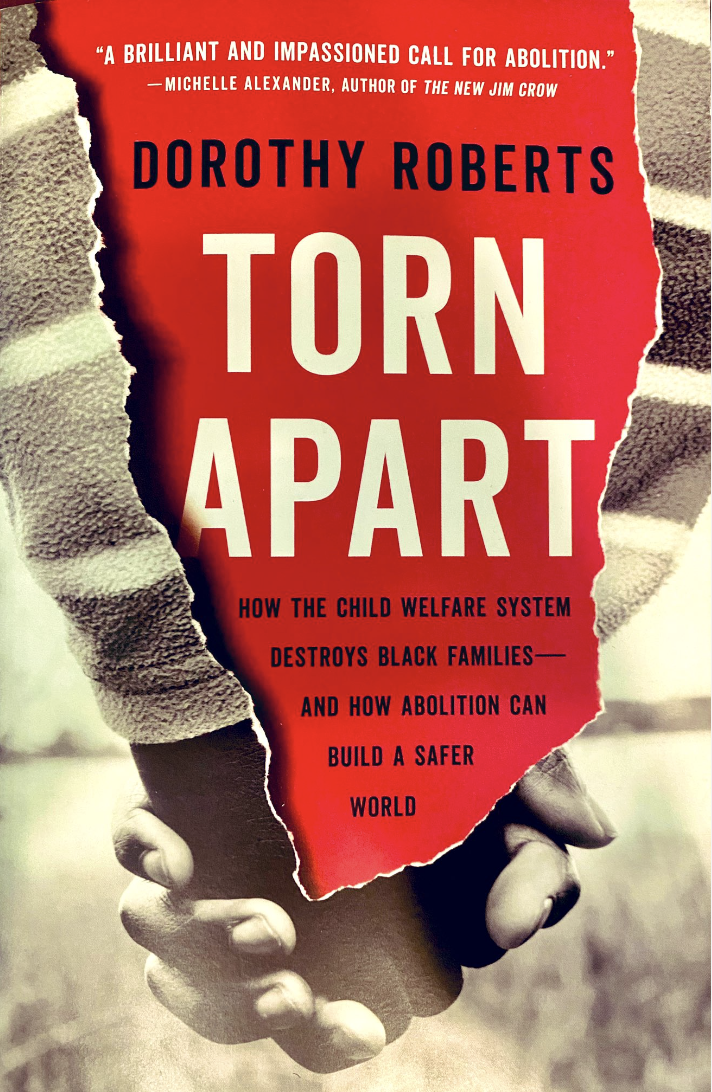Anti-Abortion Feminism
At PAAU we operate within an intersectional feminist framework, and recognize the fight against abortion as a feminist struggle.
What is Feminism?
Broadly speaking, feminism is best known as a political ideology that asserts the equality of the sexes. From this ideology, movements are formed to fulfill this goal in areas such as the workplace, the political world, and society at large. However, this definition hardly begins to explain the expansiveness of feminism.
The Evolution of Feminism
While gender-based discrimination is the central concern of feminist movements, the introduction of intersectional feminism into the mainstream movement necessarily focuses on the interconnected struggles of all oppressed peoples. Historically, feminist movements refused to center those who face forms of oppression outside of the standard struggles of white, cis-het, middle class, American women.
Today’s Intersectional Feminism explores how people experience gender-based oppression based on their intersecting identities like race, class, gender, sexuality, nationality, etc.. PAAU adopts an intersectional feminist framework, because of its focus on the collective liberation of girls, women, and gender non-conforming people as well as its consciousness of euro-colonial structures including capitalism, ableism and white supremacy to name a few, that particularly contribute and further the demand for abortion.
Critical Feminist Frameworks
Critical feminist frameworks, also known as critical feminist theories, encapsulate the idea that mainstream feminist movements and ideas have intrinsically excluded historically-marginalized groups. These frameworks accommodate for and advance the work of mainstream feminism, the conventional, Western-centered variant.
At PAAU, our organizers have come to their feminist principles both through their individual lived experiences and through the study of a range of different critical feminist frameworks. Below we have provided an introduction to several frameworks that have informed and inspired some of us including transnational, Black, Marxist, abolitionist, Indigenous, anarchist, and queer feminism.
Overview of Critical Feminist Frameworks
-
“The Black Feminist tradition grows not out of other movements, but out of the condition of being both Black and a woman. It is a long tradition which resists easy definition and is characterized by its multi-dimensional approach to liberation.” - The Revolutionary Practice of Black Feminisms, National Museum of African American History & Culture
Critical Black Feminism has organically occurred at several different points in history. Black feminist movements didn't simply grow out of a lack of representation in mainstream feminist movements. These movements were crafted and molded because of the unique struggles of everyday Black women who experienced the reality of how race further perpetrated the misogyny they experienced. Rather than be considered weak, docile, and incapable (as white women were often viewed), Black women were considered tough enough to accept harsh mistreatment, even going as far to claim they were deserving of it.
Over time, men traditionally felt it was their duty to protect and provide for women. But Black women have historically been seen as a strain to society and unworthy of resources or care. When “sexual virtue” is often highly praised for women, assaulting Black women is horrifically seen as acceptable because these women are often viewed as animalistic and undeserving of human civility.
Black women can also be fetishized for their “exotic” traits, which are really physical or cultural traits that are inherent and unique and beautiful. Black women are considered to be women of “low virtue” or “jezebels” simply because of those neutral inherent traits. Beyond that, Black women are seen as aggressive, unkempt, and obnoxious. Many Black feminist leaders, especially in the United States, formed critical feminist movements because established feminisms not only excluded the Black struggle, but even argued that it distracted from women’s issues.
-
“While there were significant conceptual tensions between second-wave feminism and traditional lesbian and gay studies, queer feminism offers a paradigm for understanding gender, sex and sexuality that overcomes this conflict in order to foster solidarity between those campaigning for women's rights and those for LGBTQ rights.” Feminism is Queer, Mimi Marinucci
Queer Feminism acknowledges political homophobia and counters mainstream feminism by pointing out how these actions are shaped by cis-sexist, heterosexist, misogynist, and patriarchal values. Issues such as the commodification and fetishization of lesbian relationships, or the violence often endured by transgender and gender-nonconforming individuals. Particularly the amount of missing and murdered transgender women and two-spirit people. Heteronormalcy is a double-edged sword. Queer feminism affirms that oppression of queer people, regardless of gender, and oppression of cisgender women are intricately linked.
-
“...it became evident that many mainstream US frameworks of feminism were still rooted within western notions of progress and oppression that foregrounded the points of views of white, middle-class, and liberal feminism. Transnational feminism critiqued the assumption of a global sisterhood, rooted within white, middle-class, western feminist subject positions that frequently have ignored non-western cultures, geopolitics, and paradigms, and the lived experiences of women in the Global South. Furthermore, transnational feminism and feminists attempt to dismantle the hegemonic power structures implicit in this divide between western feminists as ‘saviors’ and feminists attempting to save the disadvantaged women from non-western spaces.” - Transnational Feminisms, Reshmi Dutt-Ballerstadt and Kiana Anderson
-
“Proponents of abolition feminism understand that the state’s criminal legal system works as it was designed: to maintain a racist, patriarchal, and capitalist order of social control through violence. These feminists seek to abolish the Police and Prison Industrial Complex (PPIC), a set of ‘overlapping interests of government and industry that use surveillance, policing, and imprisonment as solutions to economic, social, and political problems’ like poverty, homelessness, substance abuse, and mental illness, to name a few. The PPIC, they argue, exacerbates the very problems it claims to solve.
Instead, abolition feminism contends that interpersonal and structural violence must be addressed together by combining critical analysis with praxis for social transformation, rather than punishment for social control.” - What Is Abolition Feminism and Why Do We Need It Now?
Abolitionist Feminism addresses the systemic realities that create individual cases of harm and shuts them down without the use of punitive functions which perpetuate the cycle of harm.
-
White-settler feminism can be traced to the Suffragist Movement, but the origins of feminism in American Indigenous communities aren't clear. In many Turtle Island cultures, females are considered powerful and sacred. Often more significant than males, due to strong parallels drawn between the female power to give life and the power of the earth. Inheritance and property rights were usually passed down through the female line, giving Indigenous females more freedom in their sexual decisions compared to European females.
Strict gender binaries and subjugation of women were factors in European colonization. Many tribes respected individuals with non-binary genders who made important contributions and held significant roles. However, colonization resulted in violence against Native women, limiting their societal roles and leading to the crisis of missing and murdered Indigenous women, as well as targeted violence against non-binary Native people.
Many Indigenous people believe that colonization is inherently patriarchal and that decolonization is the only way to address this. They see a difference between white-settler feminism and Indigenous feminism, with the latter emphasizing a return to traditional roles and customs rather than the focus being on seeking equal rights. Consequently with this movement towards revival and revitalization, Indigenous Feminism focuses on communal liberation and is historically tied to environmentalism.
-
“Anarcha-feminists do not say that women should get an equal share of the power. Instead we say that there should be an abolition of all power relationships. We do not want a woman president. We want no presidents at all. To us equal wages for equal work is not the crucial issue. Hierarchies and power distribution is.” - Feminism as an Anarchist Process, Elaine Leeder
Anarchist Feminism opposes the use of coercive hierarchy perpetuated by the patriarchy in a way consistent with anarchist power analysis. It pushes against the typical feminist asks of equality for women in institutions and instead calls for the abolition of institutions in general, making these calls for equality unnecessary.
-
“[Marxist Feminism] argues that women’s oppression is linked to the gendered structures of capitalism and the system of private property. Marx’s division of labor into productive—that is, remunerated labor mainly done by men—and reproductive labor which is unpaid and carried out by women constitutes the basis of women’s inequality in patriarchy.”
Marxist Feminism sees the ways that women are oppressed on the basis of gender through capitalist systems and the ownership of private property. This feminism puts heavy emphasis on the existence of the patriarchy and how it owns and directs the systems of capitalism.
What is Abortion Critical Feminism?
Abortion Critical, or Anti-Abortion Feminism, is deconstructing how we talk about pregnancy and parenting under the exploitative conditions of the Abortion Industrial Complex. We are identifying the forces that hinder prenatal justice which informs our vision of collective liberation.
Abortion Critical Feminists create our framework on the foundational beliefs that embryonic and fetal humans in the womb are people of equal and moral worth and that abortion is literally murder. This compels us to use theory and praxis to bridge the gap between people in the womb's inherent right to exist free from violence and meeting the needs of pregnant people who experience their current condition as unwanted, or a crisis, or oppressive. Abortion Critical Feminists do this through empowering pregnant people with tools to make nonviolent choices while simultaneously working to liberate all people from oppressive systems that hinder flourishing in safe and sustainable communities.
Exploitative Conditions under the Abortion Industrial Complex
The violence of abortion becomes exploitative to women, girls, and gender non-conforming people when linked to profit because it emboldens the systems that compound their oppression. This deadly, expansive nature of the Abortion Industrial Complex is intrinsically linked to a Medical Industrial Complex that ignores the needs and complexities of our bodies, the Prison Industrial Complex that serves to isolate and break communities, and the Euro-colonial agenda which seeks to minimize the populations of poor and minority people. Under the overarching system of racialized capitalism, the above overlapping interests of government and industry creates the demand for all of these exploitative systems.
Collective Liberation
Current mainstream feminism says that liberation and freedom can be achieved by breaking the communal bonds with our preborn children through violence. But we reject solving interpersonal, gendered, and structural violence with more violence. Our concerns for living in safe and sustainable communities cannot be met by the Abortion Industrial Complex and justifying violence against a person whose circumstances are beyond their control is oppressive. In this circumstance, using developmental dependency to dehumanize prenatal people is ageist and ableist, making abortion a disproportionately brutal response to a passive human presence.
Abortion Critical Feminism says that none of us are free until all of us are free from injustice, violence, dehumanization and exploitation, including preborn people.
The preborn are not a threat to our liberation as women, girls, and gender non-conforming people, they are instead an asset to it. When we stop their deaths from being commodified, we too stop our own deaths, sexual exploitation, and oppression from being commodified. When we affirm their humanity as disabled, working class, and underrepresented people, we also reaffirm our own humanity.
Towards our vision of collective liberation, we are reconstructing a world in which the Abortion Industrial Complex is dismantled and pregnancy is not an oppressive condition. It aims to achieve a world in which different expressions of pregnancy, parenting, and family structures can exist equally and non-violently. This means that parenting for people who are queer, young, single, working-class, differently abled, and BIPOC can thrive without resulting in violent means such as abortion. This means these families grow in society the same way white, straight, upper-class parenting can.
What is Reproductive Justice?
Reproductive Justice can be defined as, "the human right to maintain personal bodily autonomy, have children, not have children and parent the children we have in safe and sustainable communities".
The concept of Reproductive Justice in the Western world is relatively new and largely sprung out of the Reproductive Rights movement of the 1960’s. Court cases such as Roe v. Wade (1973), Griswold v. Connecticut (1965), and Eisenstadt v. Baird (1972), brought legal access to reproductive freedoms to the public consciousness. Women of color and LGBTQIA+ individuals felt disillusioned due to how the scope of the movement for reproductive freedom became limited to abortion access.
The Reproductive Justice movement, in response, attempts to understand how the intersections of race, socioeconomic status, sexuality, and gender non-conformity limit the freedom of marginalized people to make the same informed choices non-marginalized ones do.
Issues Falling Under Reproductive Justice
The issues surrounding Reproductive Justice focus on a person's ability to make safe and sustainable choices for themselves and their children. These include but are not limited to access to quality and affordable healthcare, access to clean water and proper nutrition, feelings of physical safety, safe and affordable housing, environmental safety and adoption equality.
How Can Reproductive Justice and Abortion Critical Feminism be Cohesive?
In our current culture, many people see being anti-abortion, or abortion critical, and being a Reproductive Justice advocate as two incompatible ideas. However, under the recognition that preborn humans are our equals, we know morally, legally, and philosophically that being anti-abortion is the natural conclusion of our commitment to Reproductive Justice.
We believe firmly in bodily autonomy as long as it does not harm another human being. Bodily autonomy is important but not absolute. This concept already plays out in our lived experiences as interdependent and communal beings. So helpless dependents in our care, including the preborn, have the equal right to exist free from violence as well. To bridge this gap between abortion critical and Reproductive Justice our praxis looks like fighting for parents to have resources to be able to parent their children in safe and sustainable communities.
This necessitates two things:
First, pregnant people are already parents. Since preborn people are whole, human, living individuals from conception, they are the offspring of their parents. They are not merely genetic material or property. In opposing abortion we are supporting people in taking care of the children they already have to the fullest capacity. Second, parents and communities have a positive responsibility to assure the safety of their children, not to commit harm. Abortion is the opposite of parenting your child in safe communities.
Reading Recommendations
Abolition. Feminism. Now. by Angela Y. Davis
Killing The Black Body by Dorothy Roberts
How We Get Free by Keeanga-Yamahtta Taylor
This Bridge Called By Back by various writers
Waiting in the Wings: Portrait of a Queer Motherhood by Cherrie Moraga
Reproduction on the Reservation by Brianna Theobald
Torn Apart by Dorothy Roberts
Medical Apartheid by Harriet A. Washington
Beyond Pro-Choice versus Pro-Life: Women of Color and Reproductive Justice by Andrea Smith
Incite! Dangerous Intersections
Queering Anarchism

